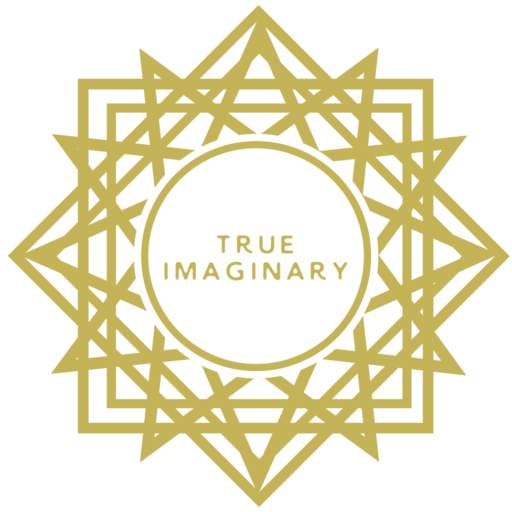Getting to the editing stage (when you’re exposing your work to professional critique likely for the first time!) can be both an exciting and scary process. This is something you have likely poured months, if not years into. So, it makes total sense that having someone go through it with a literary fine-toothed comb could be overwhelming. But, this should be a fun and invigorating process! If you’re working with a great and compassionate editor, they are going to spark new ideas and inspiration in you even if they are calling for big changes.
Still, if you’re nervous about heading into a substantive edit and want to make sure you are in the right headspace, there are ways to get yourself and your manuscript prepared to make the most of a manuscript evaluation.
Consider the Current Stage of Your Manuscript
The average manuscript goes through about 8-10 drafts before it is ready for printing. This includes all the revisions writers do on their own before exposing their work to outside eyes, through to the final draft after the proofread. More than half of these drafts will tackle major substantial work. You will be altering the plot; characters motivations and actions; cutting and adding in scenes; and might even have times when you throw parts out and completely start again.
Substantive editors can help writers at any stage of the writing process. Personally, I work as a writing coach and help authors all the way from concept and outlines through to the end of line edits. But, getting an editor or coach involved early does not always mean that all issues will be solved within one round of rewrites. This is a trail and error process and that usually means multiple drafts are inevitable.
It is important to understand before going into the editing process that if your book is in its earlier stages, it is likely that would will still have some major homework once you receive your evaluation. This means that if you are submitting draft #5, you will likely be able to get further with your evaluation than if you were to submit draft #2.
Many of my clients get 2-3 evaluations done before all of the substantive elements have been dealt with. While I work very hard to include as much into one letter as possible, if there are several major structural elements that need to be addressed, sometimes the work can’t all be accomplished in one fell swoop.
If you are working within a tight budget that doesn’t allow for several rounds of edits, there are other means of rooting out some of these issues on your own before hiring someone like me. You could join a writer’s group that offers peer critiques, could hire a beta reader, or could study the craft of storytelling so that you are able to better assess your own work. If, on the other hand, you are in a position where it makes sense to get help during the early stages, that works too! Just keep in mind that it will likely still be a long way to the finish line!
Know What You Want Out of an Evaluation
As mentioned above, writers come to editors at all stages of their writing process. When you decide it is time to get a manuscript evaluation or substantive edit, you are likely aware that there is still structural work to be done. You might know exactly where your story is struggling and have just hit a wall in solving the issues or need an outside eye to pinpoint exactly what is missing or not working. Or, you might just have some specific questions and areas that you would like your evaluation to address.
Before you send your manuscript off to your chosen editor, take some time to assess what you’re hoping to get our of the evaluation. Are you simply looking for the objective opinion and the guidance of an industry professional? Do you have problems that you know are still present and would like some help coming up with potential solutions? Are you wondering how your book fits in with current market trends for your genre and desired audience?
You should expect that a manuscript evaluation will be as thorough as possible and will break down all of the major elements of your work — story structure, character development, conflict, pacing, style, and dialogue. But, if you do have any specific questions, it is great to let your editor know what they are before they start their read. Not only will this heighten their focus in those areas, but they will also know that you’re already prepped to continue to work on those sections should problems arise. This will make most editors even more apt to offer more in guidance, as they will already know that you are on the same page.
Know What's Set in Stone and Get Ready for Change
There is nothing more heartbreaking for an editor than writing a detailed critique that hopes to set writers on the path to a better version of their story only to be met with a wall of resistance to making necessary changes. As an editor, it is our job to spark new ideas, inspire, and guide you to the best possible version of your story. But first, you need to decide what elements of your story you are willing to change and what you won’t budge on.
When making these decisions, it’s important to try to keep emotional attachment or the time that you have spent on the work out of the equation. Many writers resist making changes to early elements of their story because they have spent hours, months, or even years on later chapters (or sequels) that would entirely need to be scrapped if the changes were made. They are heartbroken at the thought of all that time and writing being “wasted”.
But, failing to make that change could mean the entire story suffers and is never able to reach its own potential. That change could be the difference between having a successful published book or one that sits in the drawer.
On the other hand, there will be elements that are fundamental to your story and should not change no matter what suggestions an editor might make. These are the cores of your story and are likely why you are writing it in the first place. In these instances, it will be important to work with your editor to find a solution that allows you to leave those integral pieces of your story in place while still addressing any issues that might arise around those elements.
If you’re conflicted as to whether or not an element of your story is immoveable, go back to the main question that your story is meant to answer and the central journey of your main character. Could they as a character and you as a writer accomplish your goals without that element? If the answer is no, you have your answer. If it is yes, be open to making shifts that might better your story.
Once you know what you want, what you’re willing to change, and have done all the work that you can on your own, you will in the best possible position to get your book professionally edited. Keep in mind that your editor is your partner in this process. It shouldn’t cause anxiety or fear. Enjoy the process!


